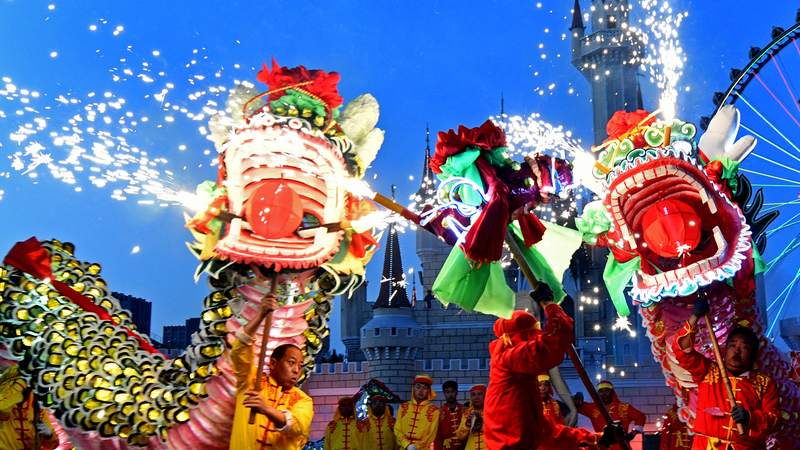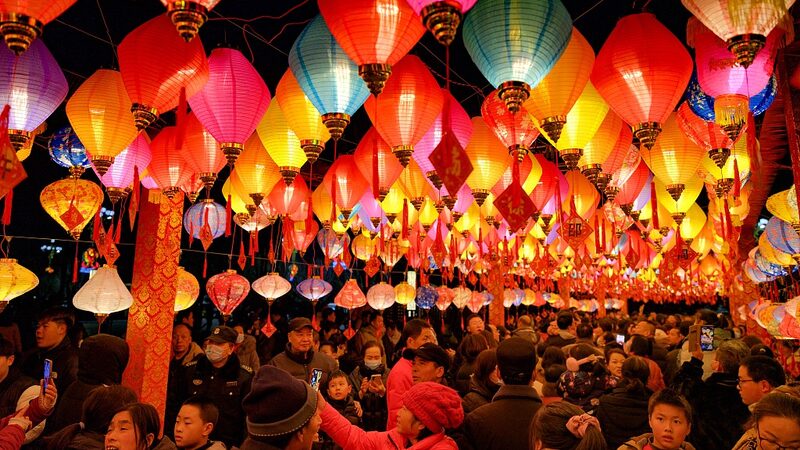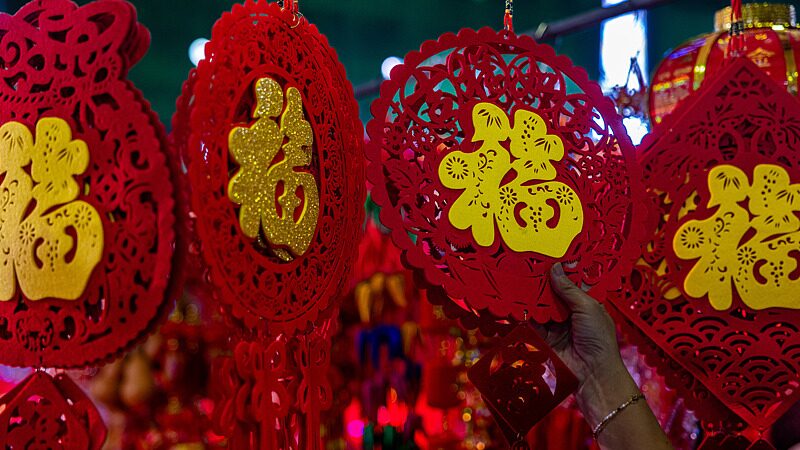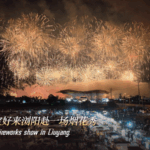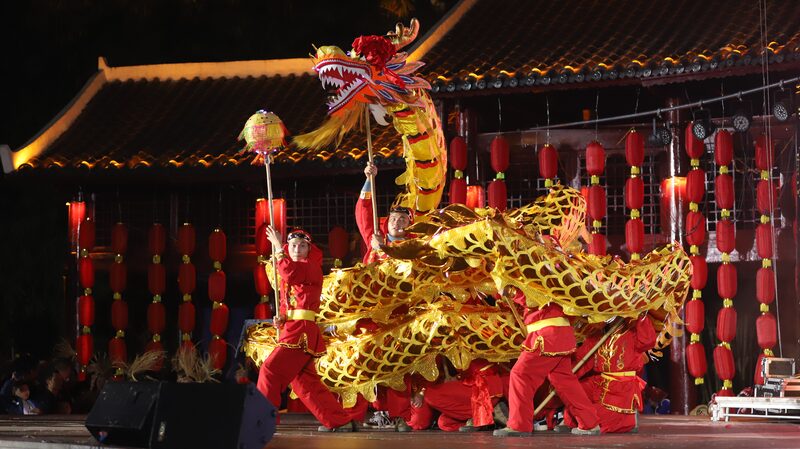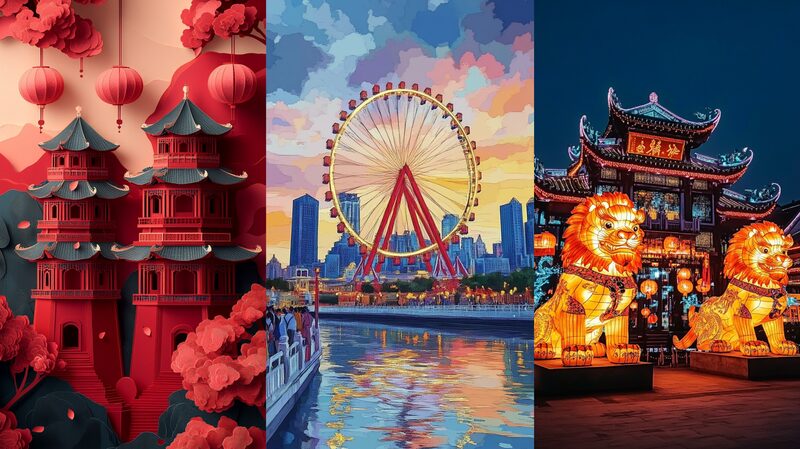China's National Day festivities have transformed parks and public spaces into vibrant stages for the country's intangible cultural heritage, blending ancient traditions with modern celebrations. Across the nation, tourists and locals alike are marveling at folk art displays ranging from gravity-defying stilt performances to molten iron fireworks that paint the night sky with golden sparks.
At a Beijing park, Shanxi Province's handcrafted paper dragons emerged as the star attraction. These intricate creations—built using bamboo frames, layered paper scales, and over 30 meticulous production steps—come alive through coordinated drumbeats, their undulating movements symbolizing prosperity and unity. The synchronized dance of these luminous creatures has become a powerful visual metaphor for China's cultural continuity amid rapid modernization.
Cultural preservation experts emphasize the significance of these displays. "Such performances aren't just entertainment—they're living textbooks of Chinese philosophy and communal values," noted Li Wei, a heritage researcher at Peking University. The celebrations coincide with increased government efforts to document and protect traditional art forms, with 43 new items added to China's national intangible cultural heritage list this year.
For international visitors, the events offer unexpected insights into regional diversity. Alongside the Shanxi dragons, visitors can witness Sichuan face-changing opera, Shandong drum dances, and Jiangsu shadow puppetry—all within walking distance in the capital's cultural hubs.
Reference(s):
cgtn.com
